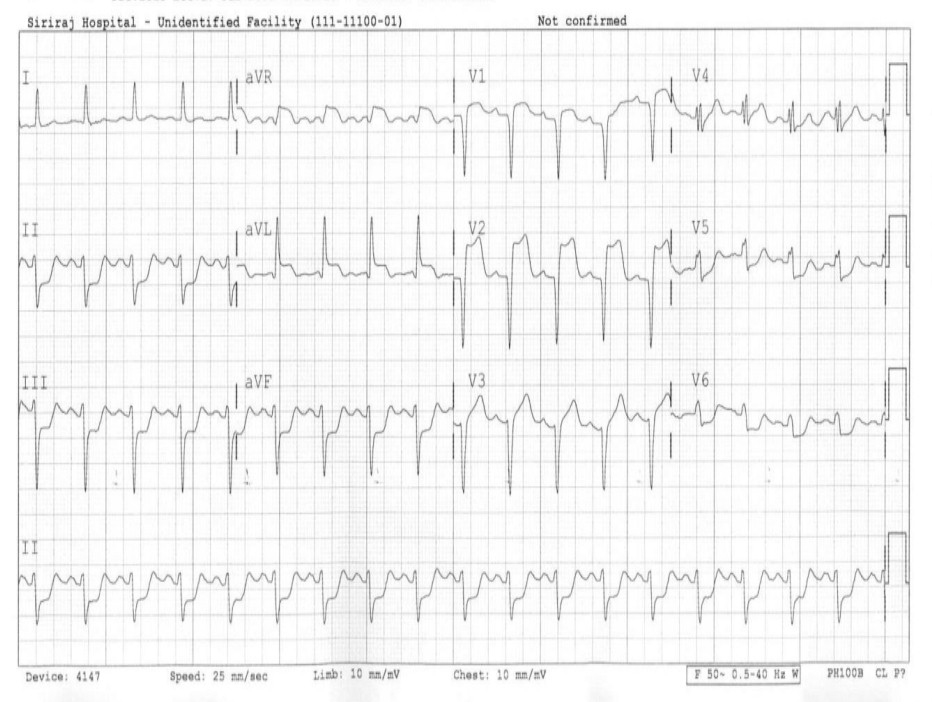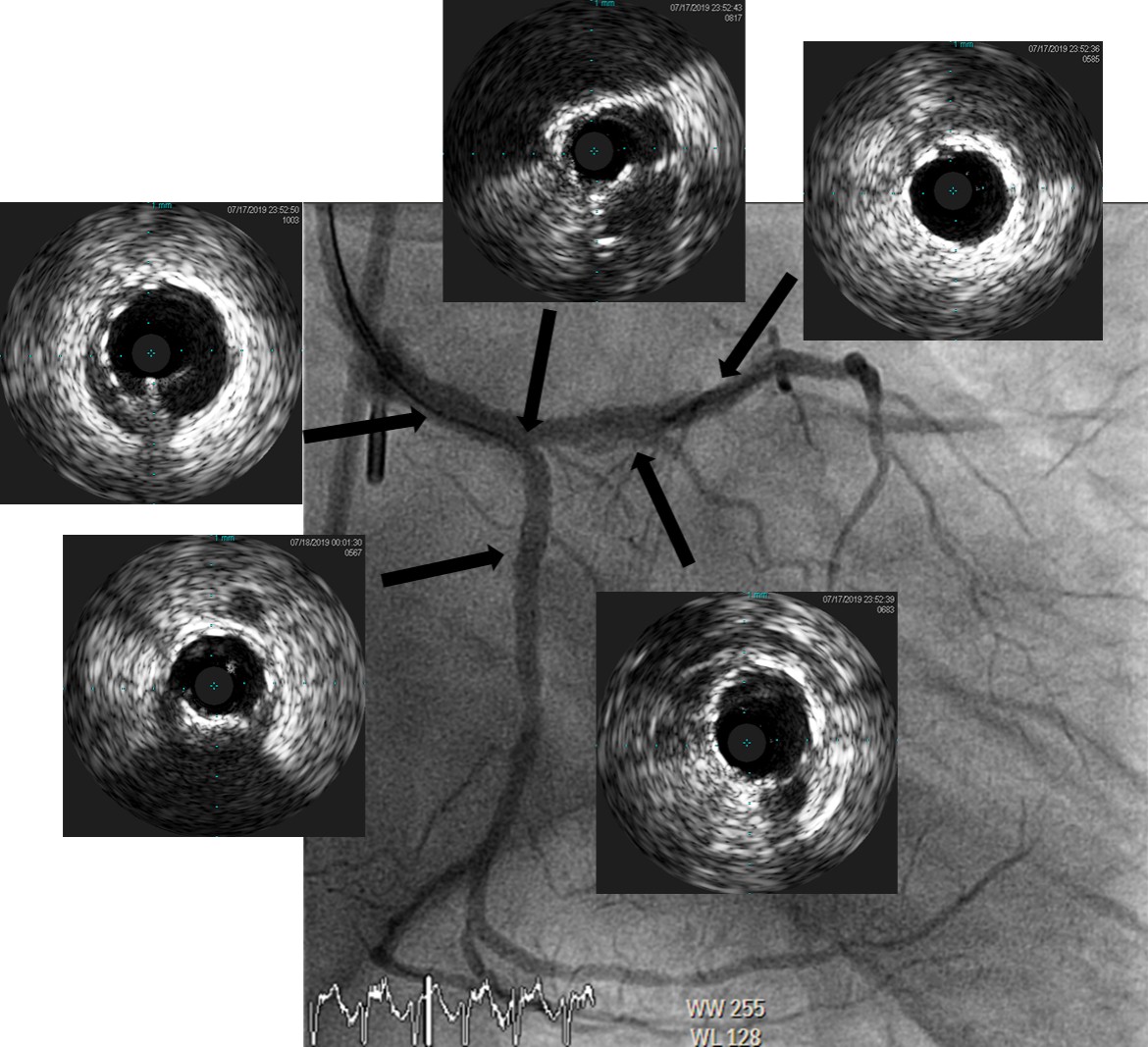Lots of interesting abstracts and cases were submitted for TCTAP & AP VALVES 2020 Virtual. Below are accepted ones after thoroughly reviewed by our official reviewers. Don¡¯t miss the opportunity to explore your knowledge and interact with authors as well as virtual participants by sharing your opinion!
* The E-Science Station is well-optimized for PC.
We highly recommend you use a desktop computer or laptop to browse E-posters.
CASE20191018_002
| CORONARY - Acute Coronary Syndromes (STEMI, NSTE-ACS) | |
| Cardiogenic Shock Complicating Ostial Left Anterior Descending Artery STEMI with Chronic Total Occlusion Left Circumflex Artery | |
| Korakoth Towashiraporn | |
| , | |
|
[Clinical Information]
- Patient initials or identifier number:
PS
-Relevant clinical history and physical exam:
A 52-year-old man with type II diabetes and hypertension, visited our emergency department because of angina for 2 hours. On examination the blood pressure was 89/54 mmHg.,the heart rate was 114 beats perminute, the respiratory rate was 24 per minute and the oxygen saturation was 99%.
-Relevant test results prior to catheterization:
A 12-leads ECG demonstrated sinus tachycardia at a rate of 110 beats per minute. There was ST segment elevation in leads V1-V3, aVL and aVR with reciprocal changed in leads II,III,aVF, V5 and V6.
 - Relevant catheterization findings:
6Fr. vascular sheath was inserted into right femoral artery.Coronary angiogram (CAG) revealed left main coronary artery (LMCA) had 70%stenosis at distal part. There was 90% stenosis at ostial left anterior descending (LAD) artery with total occlusion at proximal LAD. There was 95%total occlusion at proximal left circumflex (LCX) artery with total occlusion at mid LCX. There was 80% diffuse stenosis at co-dominant proximal right coronary artery(RCA).
|
|
|
[Interventional Management]
- Procedural step:
-7Fr Extra-backup guide catheter (Medtronic Inc., USA) wasengaged to ostial LMCA.
 - Case Summary:
- Cardiogenic shock complicating ST-segment elevation myocardial infarction (STEMI) has a high mortality rate. This situation required emergent revascularization of culprit vessel, vasopressor drugs, mechanical circulatory support, and intensive care post catheterization. - We demonstrated STEMI patient with cardiogenic shock treated with primary PCI for LMCA bifurcation including PCI of chronic total occlusion (CTO) co-dominant LCX.
|
|